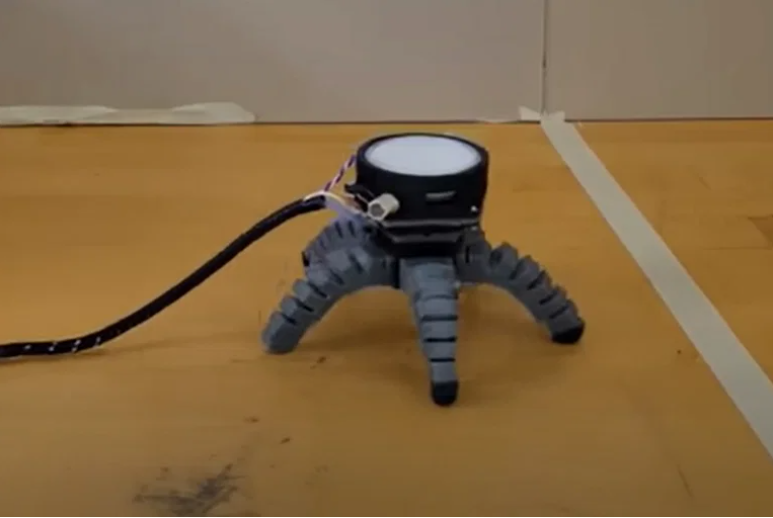Biohybrid Robotics: Imagine a Robot not just powered by batteries or electric cables, but by a living organism like a mushroom. This concept is not just science fiction anymore—scientists are developing specialized robots controlled by mushrooms or fungi. By integrating mycelium, the root-like fibers of mushrooms, as essential parts of the robots, a new era of biohybrid robotics is emerging.
Fungi-Controlled Robots: A Breakthrough at Cornell University
Researchers at Cornell University in the United States have successfully developed two robots that can sense their environment using electrical signals and light sensitivity generated by fungi. The mycelium forms the foundation of these robots, enabling them to respond to stimuli from their environment. The fungal network acts similarly to neurons in the human brain, transmitting electrical signals to the robot’s structure.
What is Biohybrid Robotics?
Biohybrid Robotics is a rapidly growing field that combines biological elements—such as plant and animal cells, or even insects—with synthetic materials. The goal is to create robots that are part-living, part-engineered. By integrating computing, robotics, and biology, scientists are designing machines with the potential for advanced functionality, sensing, and environmental adaptability.

Published Research and Real-world Applications
A study detailing robot control through fungi has been published in the prestigious Science Robotics journal. These biohybrid robots, being developed in various laboratories, have immense potential for real-world applications, particularly in environmental monitoring. According to scientist Robert Shepherd, “Lab-built robots are controlled by light-sensitive fungal mycelia. We are merging biology with artificial systems to enhance robotic performance.”

The king oyster mushroom, specifically, has been chosen for its ability to rapidly grow and form intricate mycelium networks. These networks act as the robot’s nervous system, transmitting electrical signals that can be connected to electrodes. The fungi used to power these robots take anywhere from 14 to 33 days to grow over the robot’s scaffolding.
How Do Fungi Generate Electrical Signals?
While the exact mechanism by which fungi generate electrical signals remains a mystery, researchers like Andrew Adamatzky at the University of the West of England are already building fungal computers. He states, “Though the process isn’t fully understood, all living cells have some form of electrical activity, which we are now tapping into.”
The Future of Biohybrid Robots

Victoria Webster-Wood, a leading scientist in biohybrid robotics at Carnegie Mellon University, believes the field has significant potential. With advancements in creating robots from animal cells and insect tissues, biohybrid robots could revolutionize sectors like agriculture and marine monitoring in the near future.
Conclusion
As biohybrid robotics continues to evolve, the fusion of the biological world with artificial intelligence and engineering opens new horizons. From mushroom-powered robots to the integration of fungi in computing systems, this exciting technology could soon change the way we think about machines.
More information: https://www.youtube.com/watch?v=qREuXKvWMqA

